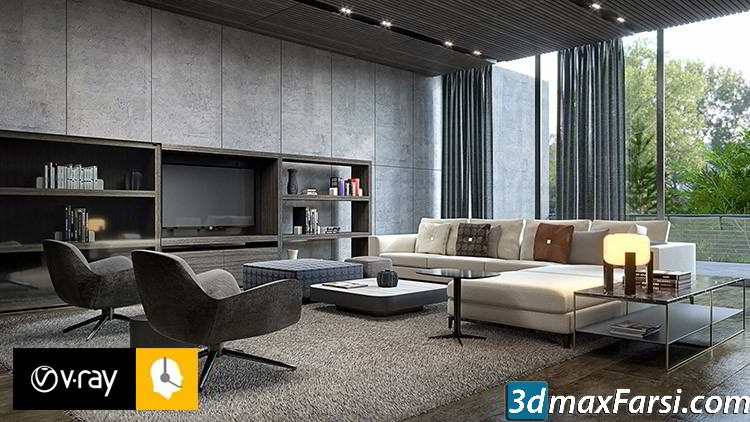
If we want to do is create an artificial light that will push more light through our window? Rectangle Light To create more soft, rounded shadows, enter your sunlight settings and adjust your sun size – during this case, we’ll set it to three. Our shadows are also looking a bit too straight – very unrealistic. Now you will notice how this reduces the blown out areas in our image. We can reduce the brightness of our sun to. In this case, you can see how we’ve brightened our image up so much that we can’t see our sky or our ground plane anymore. You can check this by clicking the button for “force colour clamping.” this may indicate on your image where the super bright areas are. However, you would like to form sure that you simply don’t increase exposure or brightness such a lot that you image becomes blown out. Note that this makes your image noticeably brighter. We are going to set our exposure value to 11. You can either just adjust the exposure value, or there are more advanced settings if you click on the advanced settings button.

The lower the worth, the brighter the image are going to be. In Vray, the camera acts a lot like a camera would in real life the shutter speed or exposure value is going to affect how bright your image is. This becomes especially important when handling artificial interior lights, otherwise your lighting calculations start becoming unrealistic. One thing to note – whenever you have an interior render that isn’t bright enough, it’s a good idea to start by adjusting your exposure rather than making your lights brighter. You can find these within your Vray Asset Editor window, under the settings tab. We are going to adjust this by going in and adjusting the camera settings. The first thing you’ll notice is that your render may be a bit dark. To exclude a glass material from your material override, you’ll adjust that using the fabric settings in your Vray Asset Editor window.

In this case, for simplicity’s sake, you can also not placed glass in the windows. This will override your materials to whatever colour you have set. If you’ve already applied materials to your model, you’ll activate a cloth override within the settings section. You can adjust some time of year and also time of day settings to urge your sunlight where you would like. We’re going to start by turning on SketchUp shadows – these will give you a preview of what the actual shadows will look like within your model. When you get a chance, watch the video and then be sure to let me know if you have any questions or feedback.Interior lighting with V-Ray SketchUp Shadow You can watch the new video on our YouTube channel here:
Vray for sketchup interior plus#
Plus we offer notes that include recommendations for where to get additional rendering assets like HDR images and realistic materials. This is the video we wish existed when we first got started with V-Ray… Watch this before you create your first interior rendering and you’ll avoid the problems people often run into.ħ⃣ Choose Good Render Settings & Make a Few Easy Adjustments
Vray for sketchup interior how to#
Do you need to learn how to render interiors using V-Ray for SketchUp? If so, you’ll want to check out our new YouTube video that walks you through 7 key tips for creating an interior rendering with V-Ray for SketchUp.


 0 kommentar(er)
0 kommentar(er)
